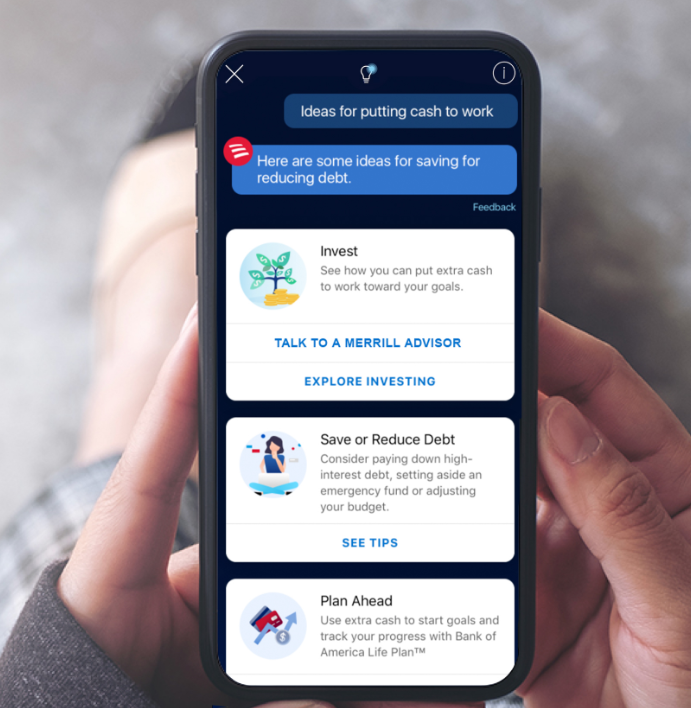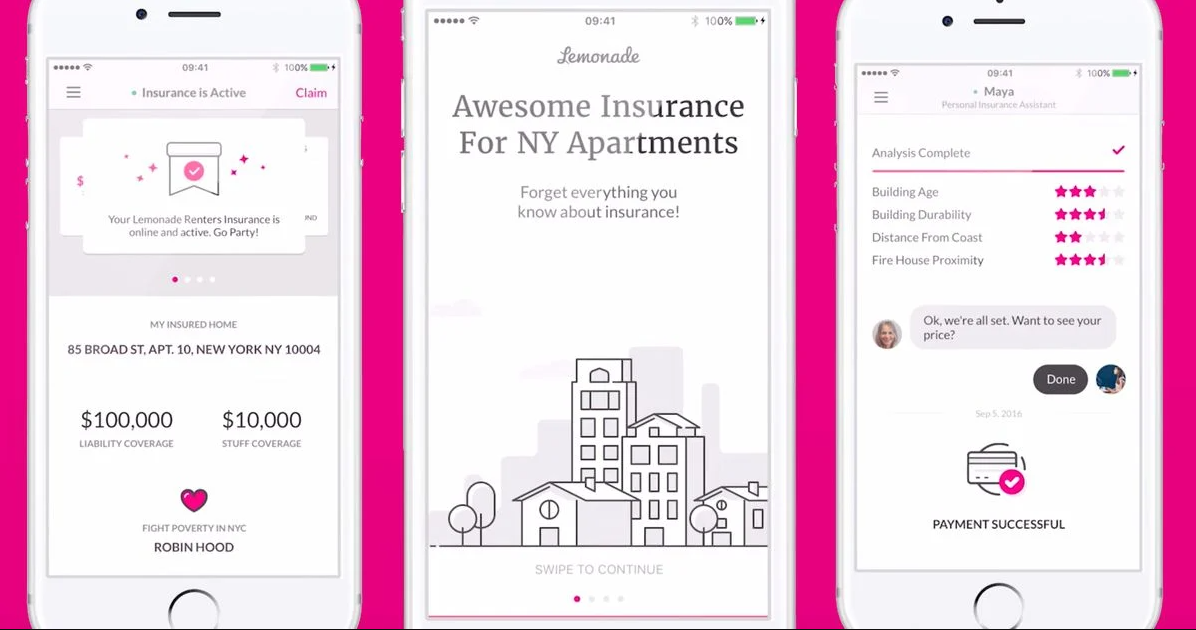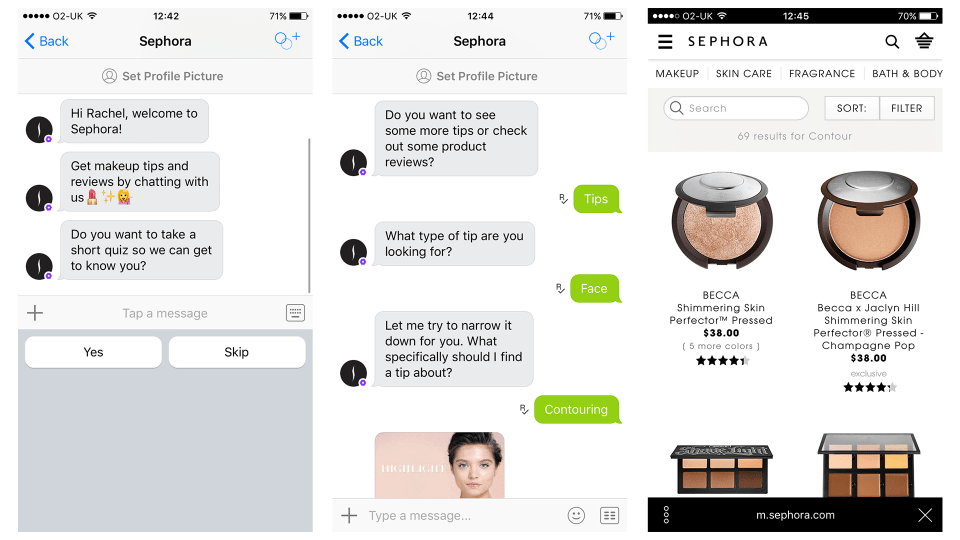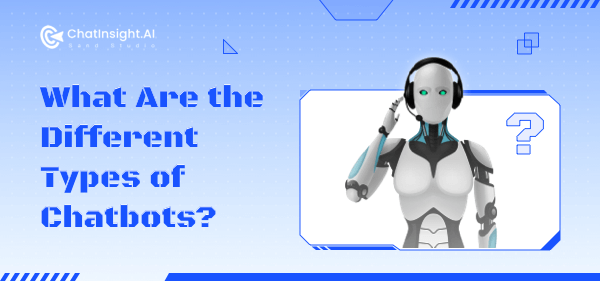How Does a Chatbot Increase Sales?
Chatbots are becoming a necessity in eCommerce and online stores. You can think of a bat as software with advanced technologies whose targeted users are the customers. Chatbots offer conversations but also become a sales funnel. They encourage the buyers to shop from the brand.
Chatbots for sales generate more visitors to the website. It leads to more visibility and brand loyalty. When the customer has a positive experience with the brand, they are likelier to shop again. In other words, bots contribute positively to brand value and sales.
The Role of Chatbots in Sales
Use of Natural Language Processing: Chatbots utilize Natural Language Processing (NLP) technology to understand and interpret user conversations, allowing them to break down customer texts to grasp the intended meaning and identify sentiments to empathize with users.
Enhancing Customer Experience: By offering quick responses while customers are browsing an e-commerce store, chatbots keep buyers engaged, helping to prevent frustration that might arise from waiting for human agents to respond, thereby enhancing the overall customer experience.
Boosting Sales and Revenue: Chatbots facilitate sales by recommending ideal products based on customer interactions, ensuring that customers add items to their cart, and employing strategies such as upselling, downselling, and cross-selling to increase revenue.
Improving Checkout Process: They remind customers about items left in their cart during checkout, thus helping to reduce cart abandonment rates and ensuring that sales are not lost at the final hurdle.
Brand Promotion and Marketing: Chatbots assist continuously, not just by answering queries but also by promoting the brand and its services through their unique personalities that reflect the brand’s aims, leading to cost-effective marketing as they keep buyers informed and engaged with the brand.
Cost-effectiveness: Chatbots provide a cost-effective solution for continuous customer service and marketing, as they can handle multiple interactions simultaneously without the need for breaks or shifts, unlike human agents.
How Do Chatbots Help Your Business Increase Sales?
1. Enhancing Customer Engagement
Chatbots begin by collecting data from customer profiles. They will identify the gender, location, and preferences for personalized services. Chats also contribute to generating leads so products are introduced to more customers. The chatbots also offer product demos to educate the buyers. It keeps the website visitors engaged.
Chatbots are known to nurture leads and turn them into potential buyers. The technology keeps the customers engaged throughout the sales funnel. They answer questions and educate the buyers about prices or upcoming details. It is a cost-effective way to educate the buyers about the services and how to utilize them for maximum gain, just like Bank of America.
Example: Erica by Bank of America

The Bank of America introduced the chatbot Erica to aid in financial services. Managing an account and transferring funds is challenging for many people. Therefore, Erica uses Natural Language Processing to understand the user’s requests. The chatbot offers detailed assistance so you can track expenses, pay bills, and so much more.
Furthermore, Erica also offers personalized financial advice. The transactional updates and history are provided in real time so the user can comprehend the journey of the funds. The Bank of America’s mobile application is integrated with the chatbot for additional support. Erica is designed to make banking more convenient. It improves financial management by offering a quick response time.
2. Personalized Recommendations and Upselling
Chatbots use AI algorithms and machine learning to study customer data. Furthermore, they also analyze customer queries to recommend personalized options to the clients. The chatbots also factor in age, profession, and other crucial variables to identify the best option for insurance.
Chatbots will also make recommendations based on customer behavior and browsing history. The personalized suggestions allow the insurance company to improve cross-selling and up-selling. Lastly, chatbot automation frees time for human agents to improve satisfaction. Chatbots focus on upselling insurer’s products with the help of context and information. As a result, the responses are accurate and promote. Here is a top example of Lemonade’s Maya that offers excellent product recommendations.
Example: Lemonade’s Maya

Lemonade’s Maya is an insurance chatbot that offers a user-friendly guide to navigate the client through the purchasing process. Maya has an amicable personality with a friendly tone. Thus, the users feel comfortable asking the chatbot anything. Maya has a smiling avatar with a feminine name to make it approachable. The chatbot’s design aligns with the insurer’s identity. Here are the features
Maya’s voice and face make everyone feel welcome. It advertises insurance items and services during quote estimation. The interface is easy to use. As a result, Lemonade’s Maya will enhance user experience and conversion rates.
3. Streamlining the Sales Process
Chatbots use automation and algorithms to do their job quickly and expertly. Compared to a manual operation, chatbots will process the information within seconds. Furthermore, they will offer personalized operations based on customer preferences.
Chatbots enhance the customer sales process by navigating the buyers to the ideal product that matches their needs. Furthermore, AI technology has reduced the need for human errors. Casper’s resources utilize time a lot better to resolve their queries. The sales funnel is further streamlined with efficient day and night support.
Example: Casper’s Insomnobot

Casper’s Insomnobot is designed to aid night owls so they can sleep a lot easily. Casper will offer the best suggestions related to mattresses, sleep equipment, and bedding. Moreover, the chatbot is an excellent tool for customers who are facing trouble picking the best mattress to match their preferences.
In addition, the chatbot sends friendly messages to late-night sleepers. It keeps them engaged, and they feel less alone if they cannot sleep. The conversations are friendly, so the users keep returning. Chatbot offers quizzes to understand sleep preferences better. Product recommendations are relevant and updated according to the frequently asked questions.
4. Providing 24/7 Support
If a brand is offering round the clock customer support, their customers will receive instant answers. They do not have to wait until the morning hours for assistance because the chatbots are active regardless of time zones. The feature boosts brand loyalty and customer satisfaction. It shows that the brand is dedicated to growth and not offering services to a limited market.
Companies that offer 24/7 chatbot support have a thirst to expand and interact with global customers. Since the brand is offering round the clock support, they can penetrate the new foreign markets easily. It increases their sales and revenue.
Example: Mountain Dew’s DEWbot
Did you know Mountain Dew recently introduced a chatbot called DEWbot? It makes it easy to connect with customers that the brand is struggling to engage. Furthermore, the chatbot promotes Mountain Dew with maximum engagement. Mountain Dew is usually geared toward attention seekers. Thus, the DEWbot asks for the customer’s input about which components make up for the best game. In addition, the bot offers live game updates and announces the winner in real-time. DEWbot has increased the conversation rate with the brand significantly. Lastly, the chatbot is also very popular among the new generation who are very tech-savvy.
5. Measuring the Impact
Brands measure the performance of chatbots on the basis of the number of interactions. Furthermore, the interactions are limited to a specific time frame to ensure consistent results. It helps the companies understand if the buyers are using the chatbot. If the engagement is low, the brand will upgrade the chatbot with the newest features.
A chatbot must have relevant and newest features to attract customers. Otherwise, the brand suffers from reduced interaction. The engagement rate falls. Here is how Sephora, the make-up store chain, utilizes chatbot technology.
Example: Sephora’s Kik

Sephora recently launched a chatbot on Kik to let customers find the ideal beauty product. The item will accommodate their style and likes perfectly. Furthermore, the chatbot is always active and becomes a store assistant. It follows a friendly tone with highly engaging conversations. Sephora’s Kik also has extensive knowledge about each item. Sephora is well-known for its dynamic approach and innovative strategies to deliver customer-centric services.
Sephora’s Kik offers blending tips and product reviews. Secondly, you can ask the chatbot for video tutorials on how to apply products or skincare. You can book an appointment at the Sephora store. Sephora’s Kik mimics what it is like to be inside the make-up support for a better experience.
Conclusion
Chatbots are part of the latest technology that makes a boring eCommerce store livelier. One of the reasons using bots has grown significantly is because of the ease of use. Furthermore, chatbots can offer numerous tasks. They also speak in multiple languages to attract global buyers.
You can use chatbots to build an entire sales funnel so the customers can easily shop at the store. Hopefully, the examples and chatbot reasons have convinced you to implement it on your website and store.







Leave a Reply.